Digastric muscle
Table of Contents
Introduction
The digastric muscle lies below the body of the mandible, and extends, in a curved form, from the mastoid notch to the mandibular symphysis. It belongs to the suprahyoid group of the muscles.
This muscle is so called because it has 2 bellies. Both the bellies are united by an intermediate tendon.
Origin
anterior belly from the digastric fossa of the mandible.
Posterior belly from the mastoid notch of the temporal bone.
Insertion
The anterior belly runs downwards and backward, and the posterior belly runs downwards and forwards to meet at the intermediate tendon. The tendon is held by a fibrous pulley which is attached to the hyoid bone. The tendon of the digastric passes between the two slips of the tendon of the stylohyoid muscle.
Nerve supply
- Anterior division by the mylohyoid nerve
- Posterior division by the facial nerve
Blood supply
Anterior belly of the digastric: facial artery
Posterior belly of the digastric: occipital artery
Action
- Helps to depress the mandible when the mouth is opened widely or against resistance. this action is secondary to that of the lateral pterygoid muscle.
- Elevates the hyoid bone.
Causes of the pain in the digastric muscle
Pain or discomfort in the digastric muscle may be related to muscle tears and sprains or injuries because of overuse. Some conditions which may affect the digastric muscle include myopathy, atrophy, infectious myositis, lacerations, contusions, or neuromuscular disorders.
Exercise for the digastric muscle
Here is a simple exercise that can help to relieve tension in the digastric muscle. Jutting your chin forward and tilting your head slightly up, place the tips of both thumbs under your chin, one in front of the other. Next, place the tip of your tongue against the roof of your mouth, gradually increasing the pressure of your tongue while holding your thumbs firmly against the chin. Hold for ten seconds and repeat three times per day.
Another exercise is the digastric jaw protrusion resisted exercise. Push the bottom of your jaw forwards against the resistance from your hand. This is a strengthening exercise for the jaw muscles, including the digastric muscle. Perform ten repetitions, three times per day.

FAQs
The digastric muscle plays a key role in chewing and speaking as well as pulling the mandible downward to expand the jaw and elevating the hyoid bone for stability during swallowing.
The digastric muscle is involved in speech, chewing, and swallowing. One of the three suprahyoid muscles, the anterior belly of the digastric stabilizes the hyoid during swallowing, which is essential for preserving the airway when eating.
The digastric belly has two origins: the digastric fossa of the jaw forms the anterior digastric belly and the mastoid process of the temporal bone forms the posterior digastric belly. The intermediate tendon is created by the union of these two muscle bellies. The hyoid bone receives the intermediate tendon’s attachment.
One of the suprahyoid muscles on either side of the neck is the digastric. Its name, which means “two bellies” in Greek, refers to how it is divided into anterior and posterior muscular parts by a tendinous region in the middle.
The anterior and posterior bellies of the digastric muscle, commonly known as the digastricus, are its two abdominal regions. It is a little but significant neck muscle. Although there are many variants, not all of them always result in clinical symptoms.
The anterior and posterior bellies of the digastric muscle are what you feel contracting in each location. The digastric muscle may experience pain or discomfort as a result of muscle sprains, tears, or overuse injuries.
It is primarily in charge of opening the mouth by lowering the jaw, which happens as a result of the contraction of its posterior belly. The digastric muscle anterior belly aids in moving the tongue backward and elevating the hyoid bone during swallowing and speech production.

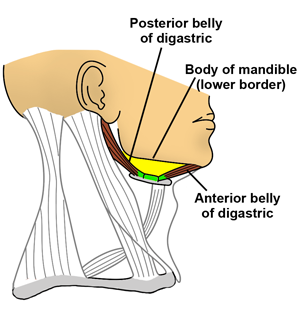

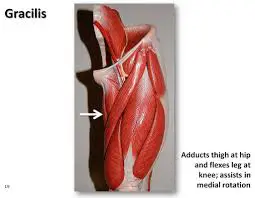
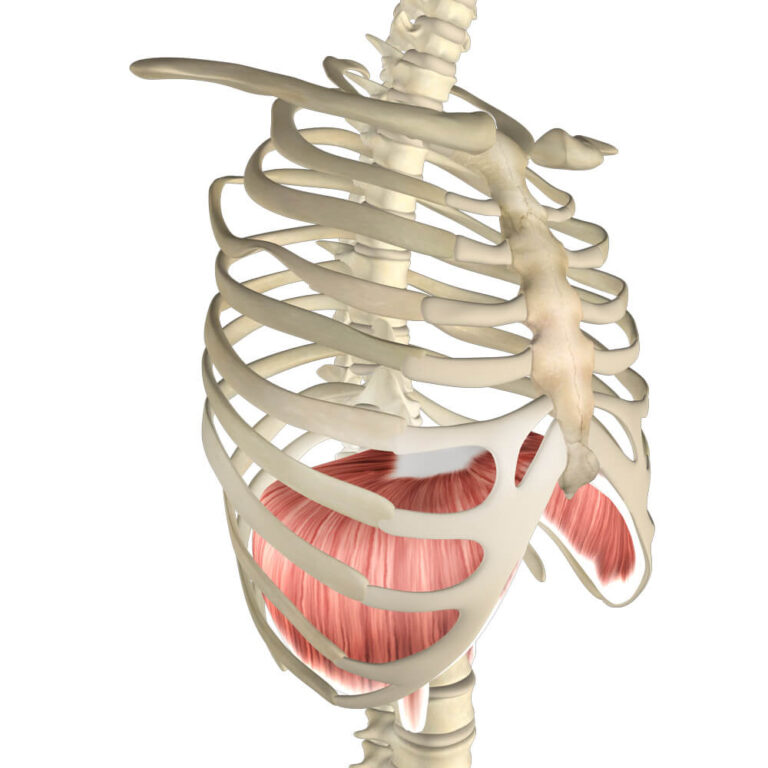

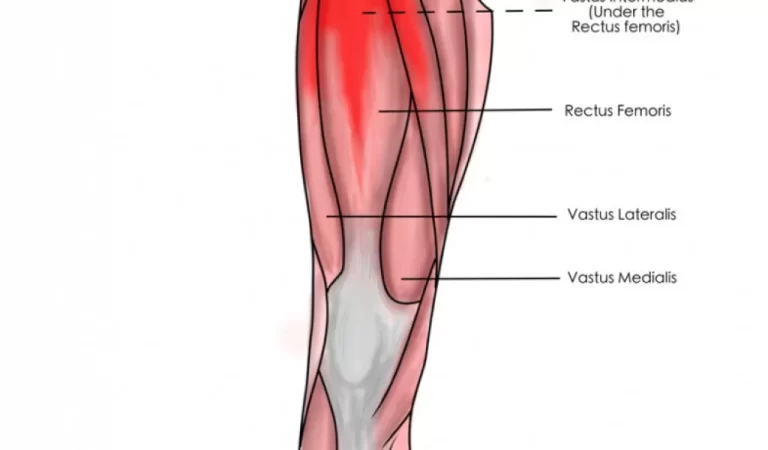
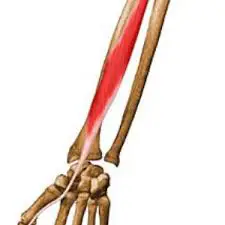
One Comment